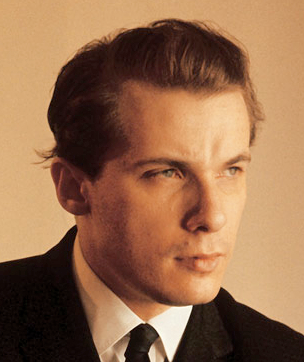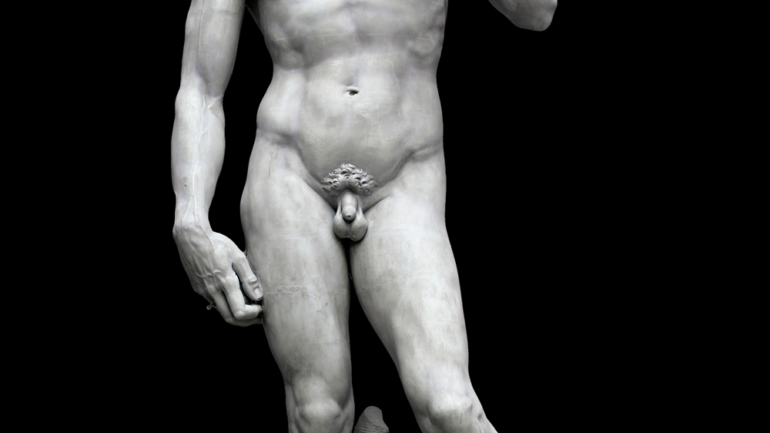Today, I would like to introduce a particularly interesting and very important pianist — Glenn Gould.
Gould: The Best Performer of Bach’s Works
- Glenn Gould (1932-1982) was a top-tier pianist known worldwide for his performances of Bach’s music. His playing is renowned for its rigorous structure and vivid expressiveness. He is universally acknowledged as the greatest interpreter of Bach, and his renditions of Bach’s works are unparalleled. There was a list of “Top 100 Performers of the World,” where Gould ranked ninth. This not only reflects the public’s recognition of his talent but also highlights the depth of his musical expertise.
- Gould, full name Glenn Gould, was born in Toronto, Canada. He began learning piano from his mother at a young age and later studied at the Royal Conservatory of Music in Toronto. He rose to fame in 1955 during a U.S. performance, playing Bach’s Goldberg Variations. He later signed with Columbia Records, and his first album, also featuring the Goldberg Variations, became one of the best-selling classical music records of all time. While Gould’s repertoire was wide, he was most famous for his Bach performances.
- Gould was known for his meticulous and precise personality, combining rational musical perspectives with passionate execution. Different performers have distinct styles: some have a soft, romantic approach that suits works by Chopin and Liszt, while others are grand and powerful, fitting the robust compositions of Tchaikovsky and Rachmaninoff. Gould’s style, however, was refined and detailed, making him particularly suited to the works of Mozart, Beethoven, and Bach.
- Gould was an eccentric, and this allowed him to approach Bach’s music from a different perspective. On April 10, 1964, after a performance in Los Angeles, Gould bowed out from public concerts and never performed on stage again. He gave up a promising stage career to focus on recording, where he could repeatedly express his understanding of music. Gould was a very solitary person, and in his later years, Bach was also considered an isolated “old-fashioned” figure, indicating a strong alignment in their temperaments.
- Gould’s eccentricity extended to his need for a specific chair wherever he performed. This chair was handcrafted by his father when Gould was a child. When playing, Gould would often sway to the melody, and the old chair would creak, which occasionally made its way into his recordings.
- Another of Gould’s peculiarities was his habit of humming. Since the piano’s sound is more percussive and lacks the singing quality of instruments like the violin, Gould would mentally add another voice while playing and hum it aloud, often loudly. If you ever hear a recording with noticeable humming in the background, it’s certainly Gould’s performance.
- Gould excelled at playing Bach because he could clearly distinguish the different voices in the music. Bach’s main characteristic is its polyphony, and achieving multiple voices on a piano is extremely challenging. Each hand must perform different musical lines, which requires a high level of skill. Gould was exceptional in this regard, almost as if he had five hands, allowing him to multitask with ease.
- Gould’s performances adhered strictly to the score, and he was known for his precise adherence to rhythm, something difficult for most musicians to achieve. German and Austrian music is very strict and requires an accurate rhythmic framework; otherwise, the overall context of the piece would be disrupted. Gould’s precision in this regard was extraordinary, even bordering on obsessive, making his interpretation of German and Austrian music particularly flawless.
- Gould believed that only German and Austrian works were truly great music. He never recorded any Romantic works except for a Chopin sonata, and his reason for this was that the final movement of Chopin’s sonata reflected the structural composition of Bach’s and German-Austrian music. Gould believed that music should have a structured and orderly framework, a principle he upheld throughout his career.

Glenn Gould

Gould, wherever he performed, would only sit in the chair his father handmade for him.

To compensate for the piano’s lack of a singing quality, Gould would mentally imagine another voice while playing one part and then hum it aloud.
Tip
Steinway Piano
The best piano in the world is a brand called Steinway. The Steinway & Sons that you commonly see today is a father-son company. The piano Gould played in his time was called The Steinway, a brand that has been the world’s top piano manufacturer since 1853. Therefore, if you come across a Steinway piano labeled The Steinway, it is a highly valuable collectible antique with great potential for appreciation.
Interactive Section
I’ve chosen two performances of the first movement of Mozart’s Piano Sonata No. 8. One is by the famous Japanese pianist Mitsuko Uchida, and the other is by Gould, whom we discussed today. Take a listen and see which version you prefer!

